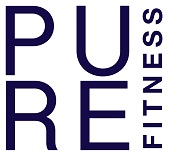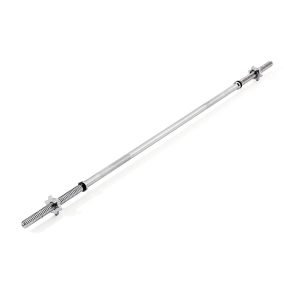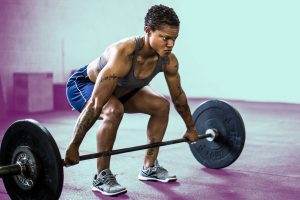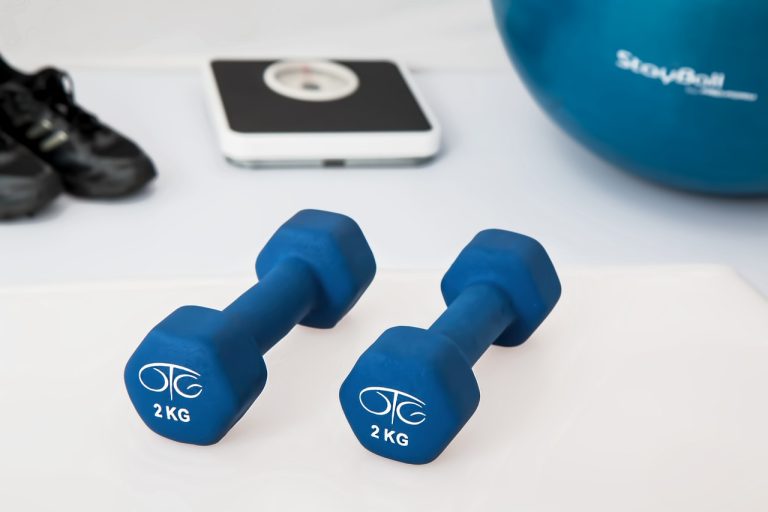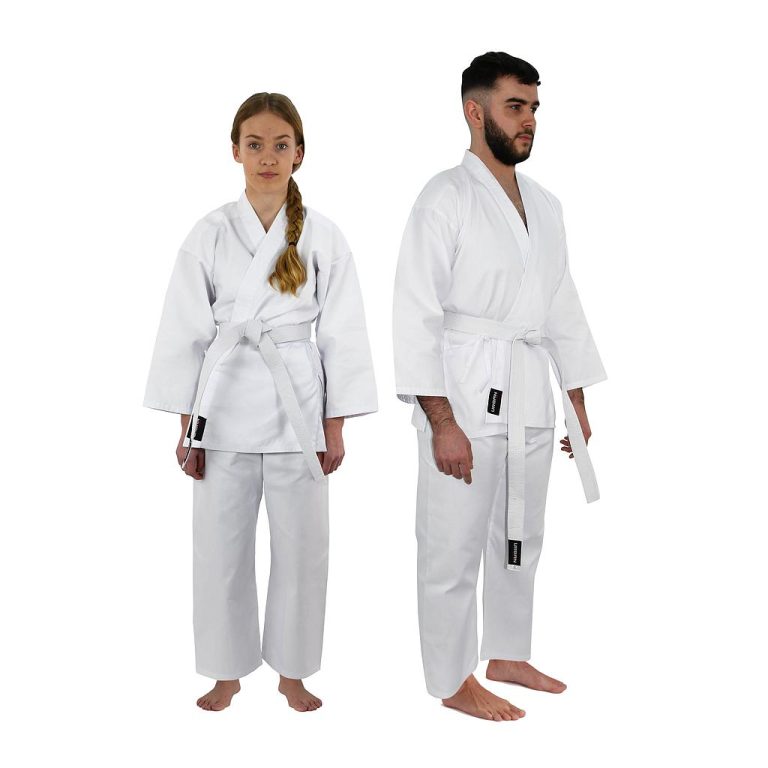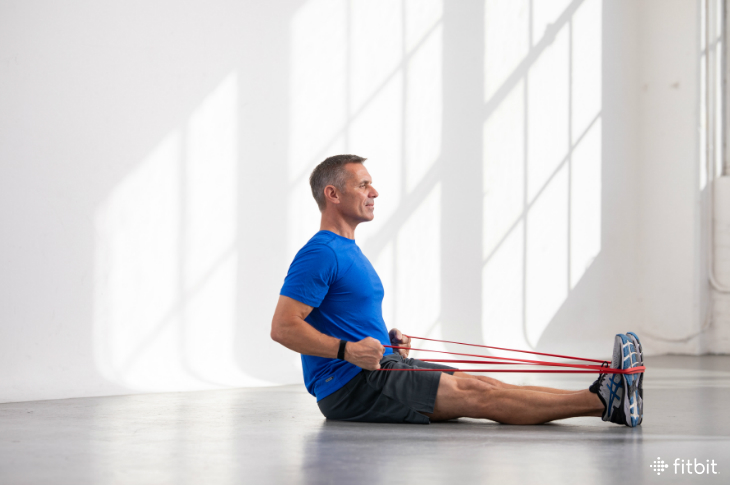Are you looking to perfect your deadlift technique? In this article, we will guide you through the steps to perform a proper deadlift with ease. From understanding the correct form to avoiding common mistakes, we’ve got you covered. Whether you are a beginner or an experienced lifter, mastering the deadlift can not only help you build strength but also prevent injuries. So let’s dive right in and explore the key tips and tricks to execute a proper deadlift technique like a pro.
Table of Contents
ToggleBenefits of Deadlifts
Deadlifts are a fundamental compound exercise that offer numerous benefits to your overall fitness and strength. Incorporating deadlifts into your workout routine can lead to increased strength and muscle mass, improved posture and stability, and enhanced athletic performance.
Increased strength and muscle mass
One of the main benefits of deadlifts is the increase in overall strength they provide. When you perform deadlifts, you engage multiple muscle groups, including your back, glutes, hamstrings, and core. By regularly incorporating deadlifts into your training regimen, you can expect significant gains in both strength and muscle mass.
Improved posture and stability
Deadlifts require you to maintain a neutral spine throughout the movement. By practicing proper deadlift form, you can help improve your posture and stability. Deadlifts target the muscles responsible for maintaining a strong and upright posture, such as the erector spinae, which can help alleviate common issues like rounded shoulders and lower back pain.
Enhanced athletic performance
In addition to increasing strength and muscle mass, deadlifts can greatly enhance your athletic performance. The explosive nature of the deadlift movement helps improve your ability to generate power, making it beneficial for athletes participating in sports that require speed, agility, and strength, such as basketball, soccer, or rugby. By regularly incorporating deadlifts into your training routine, you can see improvements in your overall athletic performance.
Setting Up for Deadlift
Before performing a deadlift, it’s crucial to properly set up your equipment and adjust your body positioning. This section will guide you through the key aspects of setting up for a deadlift.
Choosing the right equipment
When it comes to deadlifting, choosing the right equipment is essential. Ensure that you have access to a reliable barbell and weights that are appropriate for your fitness level. Additionally, consider investing in weightlifting belts, straps, and chalk to aid in your grip and overall stability.
Positioning the barbell
To begin the deadlift setup, position the barbell aligned with the center of your feet. The distance between your feet should be hip-width apart or slightly wider, depending on your comfort and body mechanics. Make sure the barbell is close to your shins, without touching them, to maintain the most efficient lifting path.
Gripping the barbell
When gripping the barbell, you have a few options. The most common grip is the double overhand grip, where both palms face towards your body. If you find that your grip strength becomes a limiting factor, you can also use an alternating grip, where one palm faces towards your body while the other faces away. Additionally, using straps can provide extra support if needed. Experiment with different grip variations to find what works best for you.
Proper Deadlift Form
Proper form is essential for maximizing the benefits of deadlifts and preventing injury. This section will outline the key components of proper deadlift form.
Maintaining a neutral spine
One of the most critical aspects of deadlift form is maintaining a neutral spine throughout the movement. Avoid rounding or excessive arching of your back, as this can lead to injury. Engage your core muscles and keep your spine in a natural, straight position from your head to your tailbone.
Engaging the core
Engaging your core is crucial for maintaining stability and transferring power efficiently during the deadlift. Before initiating the lift, take a deep breath and brace your core by contracting your abdominal muscles as if you were preparing to be punched in the stomach. This will help stabilize your spine and protect your lower back.
Hinging at the hips
To initiate the deadlift, begin by pushing your hips back while maintaining a slight bend in your knees. This movement should resemble a hip hinge, allowing your torso to lean forward while keeping your back straight. Focus on driving your hips forward and maintaining tension in your hamstrings and glutes throughout the movement.
Execution of Deadlift
Once you have mastered the setup and proper form for deadlifts, it’s time to focus on the execution of the lift. This section will guide you through the key steps of the deadlift movement.
Initiating the lift
To initiate the deadlift, drive through your heels and contract your glutes and hamstrings. As you begin to lift the barbell, keep your arms straight and use your leg and hip muscles to generate power. Maintain a controlled and smooth movement, avoiding any jerking or sudden motions.
Driving through the heels
As you lift the barbell, focus on maintaining balanced pressure on your foot, with an emphasis on driving through your heels. This ensures optimal engagement of your leg muscles and prevents excessive strain on your lower back. By driving through your heels, you can generate more power and maintain stability throughout the lift.
Straightening the knees and hips
As you reach the top of the deadlift, fully extend your hips and straighten your knees to complete the movement. Maintain a neutral spine and avoid hyperextension of your back. At the top position, your body should be in a tall, upright posture, with your shoulders pulled back and your core engaged.
Common Mistakes to Avoid
While deadlifts can be incredibly beneficial, it’s important to be mindful of common mistakes that can hinder your progress or lead to injury. This section will highlight some key mistakes to avoid during deadlifts.
Rounding the back
One of the most common mistakes in deadlifts is rounding the back. This places excessive stress on the spine and increases the risk of injury. Focus on maintaining a neutral spine throughout the entire movement, ensuring that your back is straight and not rounded.
Using too much weight
Using too much weight can compromise your form and increase the risk of injury. It’s important to start with a weight that allows you to maintain proper form and gradually progress as your strength improves. Listening to your body and selecting an appropriate weight will help you reap the benefits of deadlifts without risking injury.
Lifting with the arms
Deadlifts are primarily a lower body exercise, and relying too much on the arms during the lift can lead to poor form and reduced effectiveness. Instead, focus on using your leg, hip, and core muscles to generate power and propel the movement. This will ensure that you are engaging the appropriate muscle groups and maximizing the benefits of the exercise.
Safety Tips
To ensure your safety and maximize the effectiveness of your deadlifts, follow these safety tips:
Start with lighter weights
If you are new to deadlifting or returning after a break, it’s important to start with lighter weights and gradually increase the load as your strength improves. This allows you to practice proper form and develop the necessary strength and stability before attempting heavier lifts.
Warm up properly
Before performing deadlifts, it’s crucial to warm up your muscles and prepare your body for the movement. Start with some dynamic stretches and exercises that target the muscles involved in deadlifting, such as hip hinges and glute activations. This will help improve your range of motion and reduce the risk of injury.
Use a spotter or trainer if needed
If you are unsure about your form or need assistance, don’t hesitate to ask for help from a spotter or trainer. They can provide guidance, ensure your safety, and help correct any form issues that may arise.
Training Variations
While the conventional deadlift is the most common variation, there are several other deadlift variations that you can incorporate into your training routine to add variety and target different muscle groups. Here are a few popular variations:
Sumo deadlift
The sumo deadlift is a variation where you position your feet in a wider stance and grip the barbell inside your legs. This variation places more emphasis on the muscles of the inner thighs and glutes.
Romanian deadlift
The Romanian deadlift involves a slight bend in the knees with a focus on hip hinge movement. This variation targets the hamstrings and glutes, making it a great exercise for improving these muscle groups’ strength and flexibility.
Trap bar deadlift
The trap bar deadlift utilizes a hexagonal-shaped barbell, allowing for a more neutral grip position. This variation can be beneficial for those with limited shoulder mobility or for targeting different muscle groups, such as the quadriceps.
Accessory Exercises for Deadlifts
In addition to performing deadlifts, incorporating accessory exercises into your routine can help improve your deadlift strength and address muscle imbalances. Here are a few accessory exercises that complement deadlift training:
Glute bridges
Glute bridges are an excellent exercise for targeting the glutes and hamstrings. Lie on your back with your knees bent, feet flat on the ground, and lift your hips off the floor, squeezing your glutes at the top. This exercise helps strengthen the posterior chain, which is essential for deadlift performance.
Russian kettlebell swings
Russian kettlebell swings are a dynamic exercise that targets the hip hinge movement pattern and engages the entire posterior chain. Stand with your feet shoulder-width apart, holding a kettlebell with both hands in front of you. Hinge at the hips, swinging the kettlebell between your legs, and then explosively drive your hips forward, swinging the kettlebell to chest height.
Farmer’s walks
Farmer’s walks help improve grip strength and overall stability, which are crucial for deadlifts. Hold a heavy dumbbell or kettlebell in each hand and walk forward for a set distance, maintaining an upright posture and engaging your core. This exercise challenges not only your grip, but also strengthens the muscles in your back, shoulders, and core.
Deadlift Programming
When it comes to programming deadlifts, several factors should be considered to optimize your training and progress safely. Here are some key points to keep in mind:
How often to deadlift
The frequency at which you incorporate deadlifts into your training routine will depend on your current fitness level and recovery ability. As a general guideline, beginners may benefit from deadlifting once per week, while more advanced lifters can gradually increase to twice or even three times per week. However, it’s essential to listen to your body and adjust the frequency as needed to allow for proper recovery.
Choosing the right weight and reps
Choosing the right weight and rep scheme is crucial for progressing in deadlifts. For strength gains, aim for lower repetitions (e.g., 3-6 reps) with heavier weights. If you want to focus on muscle endurance and conditioning, choose a lighter weight with higher repetitions (e.g., 8-12 reps). Gradually increasing the weight while maintaining proper form will help you continually challenge your muscles and see progress over time.
Progressive overload
To continually progress in your deadlift training, it’s important to incorporate progressive overload. This means gradually increasing the weight or repetitions over time to continue challenging your muscles. However, be cautious and avoid making large, sudden increases in weight, as this can increase the risk of injury. Aim for small, incremental increases that allow your body to adapt and grow stronger.
Recovery and Injury Prevention
To ensure proper recovery and prevent injuries, it’s essential to incorporate recovery practices into your training routine. Here are some key strategies to consider:
Proper stretching and cool-down
After completing your deadlifts, take the time to properly stretch your muscles and cool down. Focus on stretching the muscles involved in the deadlift, such as the hamstrings, glutes, and lower back. This will help improve flexibility and reduce muscle soreness.
Listening to your body
Always listen to your body during your training sessions. If you experience any pain or discomfort during deadlifts, it’s important to address it and make necessary adjustments. Pushing through pain can lead to further injury and negatively impact your progress. Remember that proper form and safety should always be a priority.
Addressing any pain or discomfort
If you consistently experience pain or discomfort during deadlifts, it’s crucial to address the underlying issue. Consult with a healthcare professional or a qualified strength coach to assess your form and movement patterns. They can provide guidance and recommendations to prevent or address any potential injuries.
By following proper deadlift technique, maintaining safety precautions, and incorporating appropriate recovery practices, you can reap the numerous benefits of deadlifts while minimizing the risk of injury. Keep in mind that consistency, proper form, and gradual progression are key to achieving your goals and maximizing your deadlift potential.
